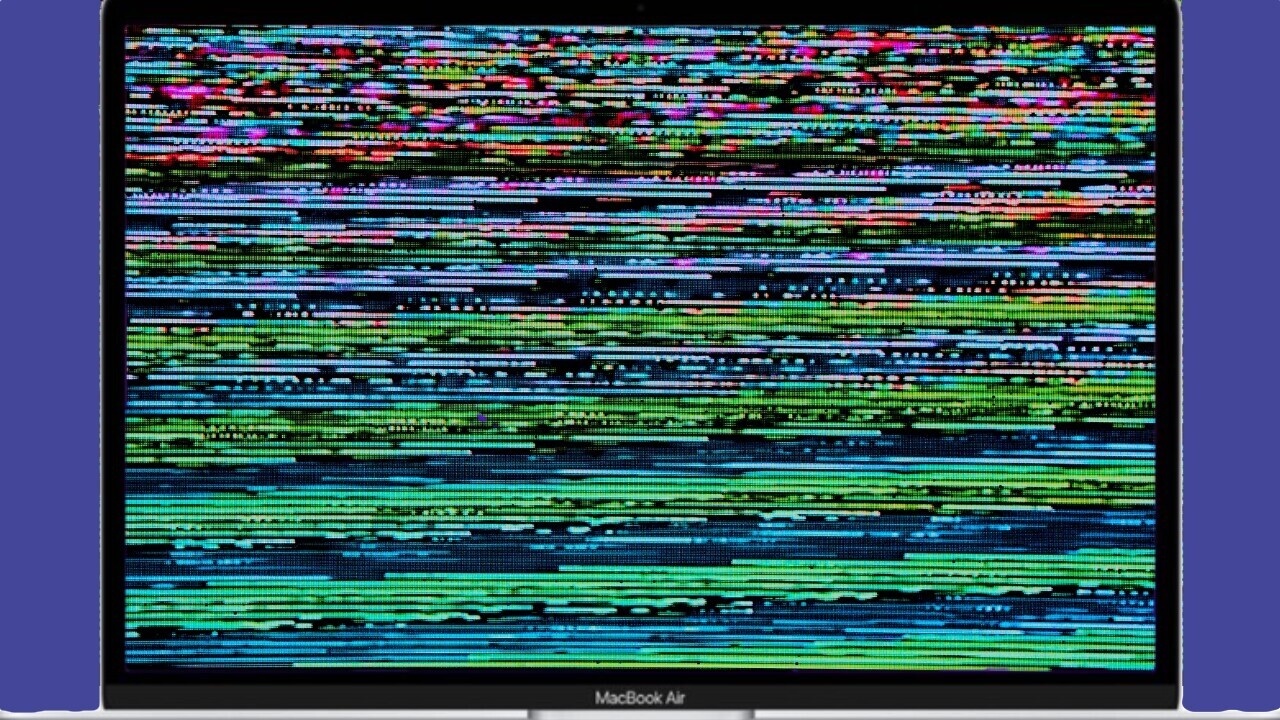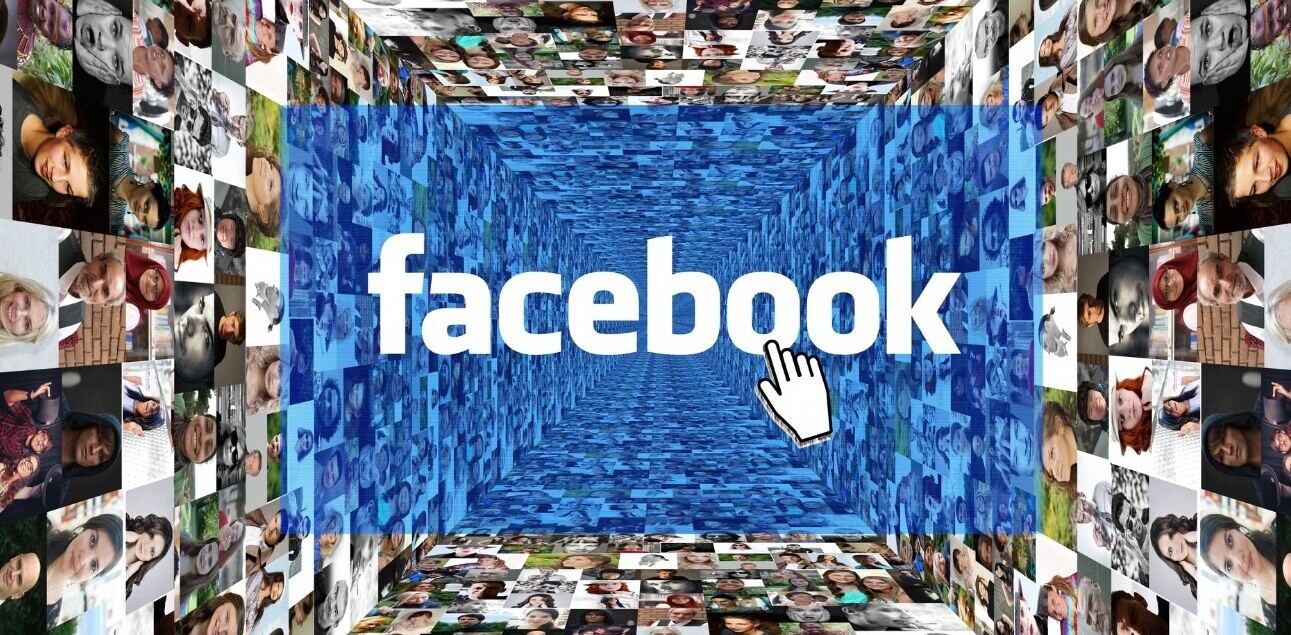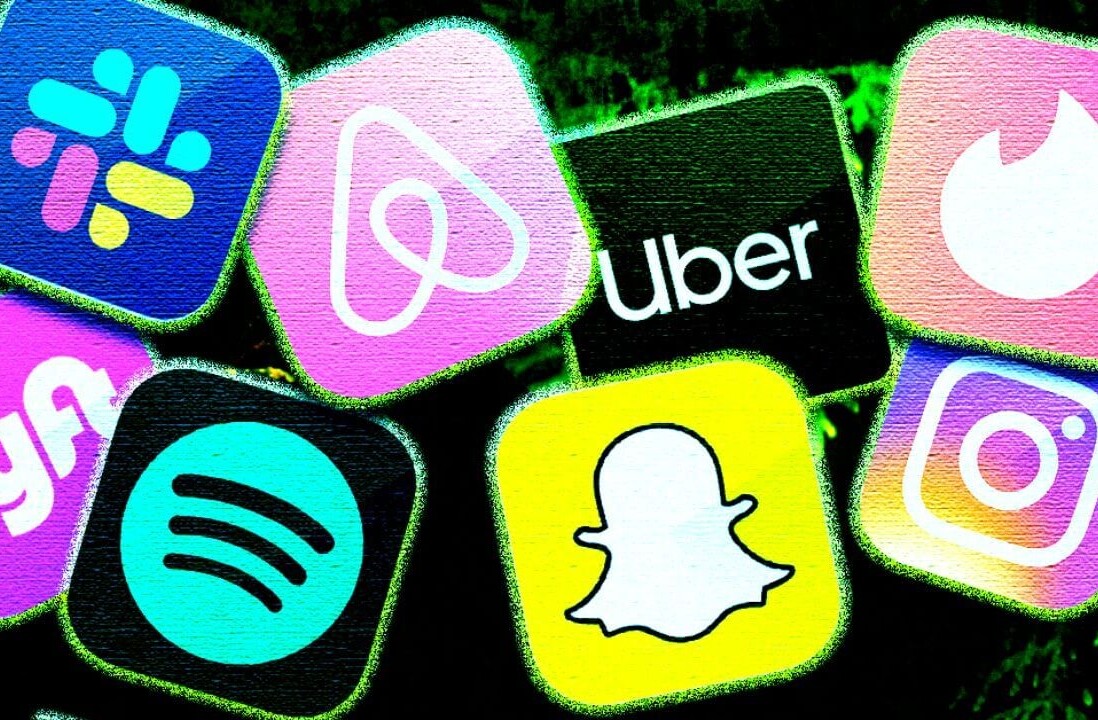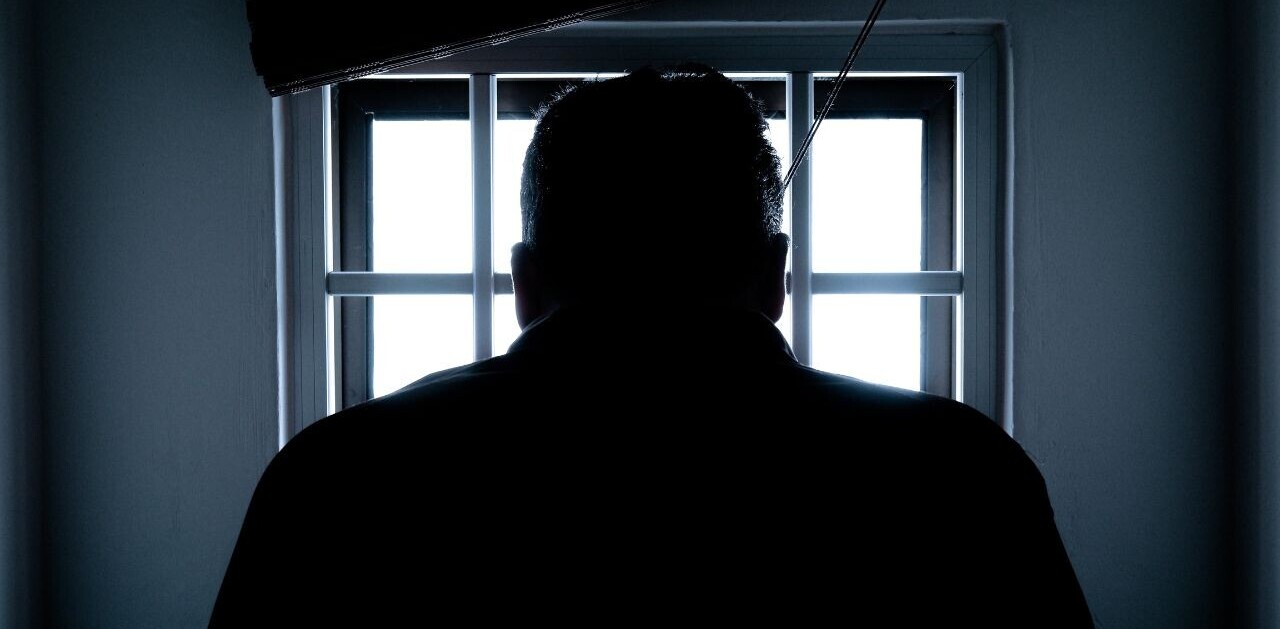Last week, Russia invaded Ukraine on President Vladimir Putin’s orders. The internet is playing a crucial part in keeping people around the world informed about the war and its impact on human lives.
For the first few days, DDoS (Distributed Denial of Service) attacks on Ukrainian websites dominated the news. More recent coverage has centered around Russia’s censorship, and Big Tech’s response to the war. All that has affected what the internet looks like in both countries.
Russia’s tight grip
It’s no secret that Russia has its internet following a controlled narrative spun by its authorities. Just before the invasion, Ukrainian President Volodymyr Zelensky addressed Russian people through Telegram, because it wasn’t likely that the neighboring country’s media would air his message to its citizens.
On February 24, Russia’s telecom regulator, Roskomnadzor, ordered local media to broadcast only state-verified information. Two days later, it warned the press to refrain from referring to the attack on Ukraine as an “assault, invasion, or declaration of war” — or face penalties.
Netblocks, an agency tracking internet disruptions all over the world, said that Russia had restricted access to Twitter and Facebook over the last few days. Both companies have acknowledged service disruptions.
Russia’s argument is that some of these platforms are ‘censoring’ local media, citing YouTube’s restrictions on state-owned channels RBC, TV Zvezda, and Sputnik.
Amid all this, Russian users are trying to find ways to evade censorship. Privacy-focused browser Tor has a thread about tools that can help users jump restrictions to get more information from the broader web.
How to use Tor in Russia: https://t.co/6WgI1vVFMa
— The Tor Project (@torproject) February 25, 2022
The team behind the open-source project said it’s deploying more bridges that could be used to bypass the Russian firewall.
Big Tech’s (slow) response
Big Tech didn’t spring into action until Russia blocked some of its services.
After the country accused Meta of restricting its media, the company’s global policy head, Nick Clegg, responded by saying Russian authorities asked to stop third-party fact-checkers from verifying the information presented in some posts relating to the country. Some Russian ISPs are now restricting both Twitter and Facebook.
Ordinary Russians are using @Meta's apps to express themselves and organize for action. We want them to continue to make their voices heard, share what’s happening, and organize through Facebook, Instagram, WhatsApp and Messenger. pic.twitter.com/FjTovgslCe
— Nick Clegg (@nickclegg) February 25, 2022
In addition to that, the social media firm said it’s regulating misinformation networks targeting Ukraine, and banning such accounts across its apps.
As mentioned earlier, YouTube has limited some of Russia’s state-owned news channels.
There are also some partial restraints, such as Google removing state-owned RT media’s app from the Ukrainian Play Store and Meta restricting some Russian state media accounts in Ukraine. Google Maps has also disabled live traffic information in Ukraine, so as to stop broadcasting information about crowd density in different places for safety reasons.
Platforms like Twitter, Facebook, and YouTube have also prohibited Russian media from running ads — but that won’t really make a difference in short-term information flow.
In our story last week, we highlighted Telegram’s critical role in this war. This morning, the app’s founder, Pavel Durov, said that given the swathe of misinformation on the platform, it’s not possible to moderate all that.
As a result, the company briefly considered restricting the functionality of the channel in Russia and Ukraine. This could have major consequences, as many people in the world are relying on Telegram to get information about the on-ground situation.
This leads us to severe criticism of how Big Tech has handled the situation.
David Carroll, a professor of media design at Parsons School of Design, reprimanded the industry’s slow and unprepared response.
Big Tech had no plan for:
—genocide in the global south
—foreign election interference
—a global pandemic
—ground war in Europe
They make up their own rules as they go. They’re never prepared for anything. Because we let them get away with it.— David Carroll (@profcarroll) February 27, 2022
Guillaume Chaslot, a former Google employee who worked on the video platform’s recommendation algorithms, accused the company of amplifying Russian propaganda by amplifying state-media sponsored videos.
Right now one of the most promoted video on YouTube about Ukraine is, check notes, a 2015 video titled:
"Why is Ukraine the West's Fault?"
???
All the details on that video and some of the hundreds of channels from which it's recommended on my site:https://t.co/oE0z1PSuDi
— Guillaume Chaslot (@gchaslot) February 25, 2022
US Senator Mark Warner wrote to major tech companies seeking a response about their efforts of limiting Russian misinformation campaigns.
Cyberattacks galore
In this increasingly tense situation, there’s no sign of cyberattacks slowing down in either country.
According to a report by VentureBeat, Ukrainian border control was hit by a malware attack last Saturday in order to slow down the process of refugees crossing borders.
Meta noted that a threat actor named Ghostwriter is attacking prominent Ukrainian officials to gain control of their social media accounts, and spread misinformation.
There have been plenty of attacks on Russian cyberspace as well. Last week, hacker collective Anonymous declared war against Putin, and claimed to have taken down several government websites.
Ukraine’s volunteer “IT Army” is also working to attack Russian and Belarusian government websites and bank networks.
The way ahead
While Big Tech is putting some restrictions on Russia, it will have to consider the risk of being banned in the country.
Before the war, Russian authorities had already warned these companies to comply with a law that required them to set up local legal entities.
A New York Times report published earlier this month noted that Russia has been developing new technologies — like throttling image load times — to create a tighter grip around its internet, and control the information being published.
As the war goes on, the country will demand more restrictions from companies to form a pro-Russia narrative. Today, the authorities asked Google to restrict ads that contained incorrect information about Ukrainian casualties. That’s a huge moderation task to determine what counts as “accurate” in this context.
There’s a possibility that a lot of these services might be restricted in Russia, and the people there might not be able to get accurate information about the war. In that case, they might just have to rely on notifications from apps.
Currently, the internet situation in both countries is contrasting. Russia is trying to put guardrails around information that reaches its citizens, and Ukraine is trying to make the world hear voices from the ground.
Get the TNW newsletter
Get the most important tech news in your inbox each week.






